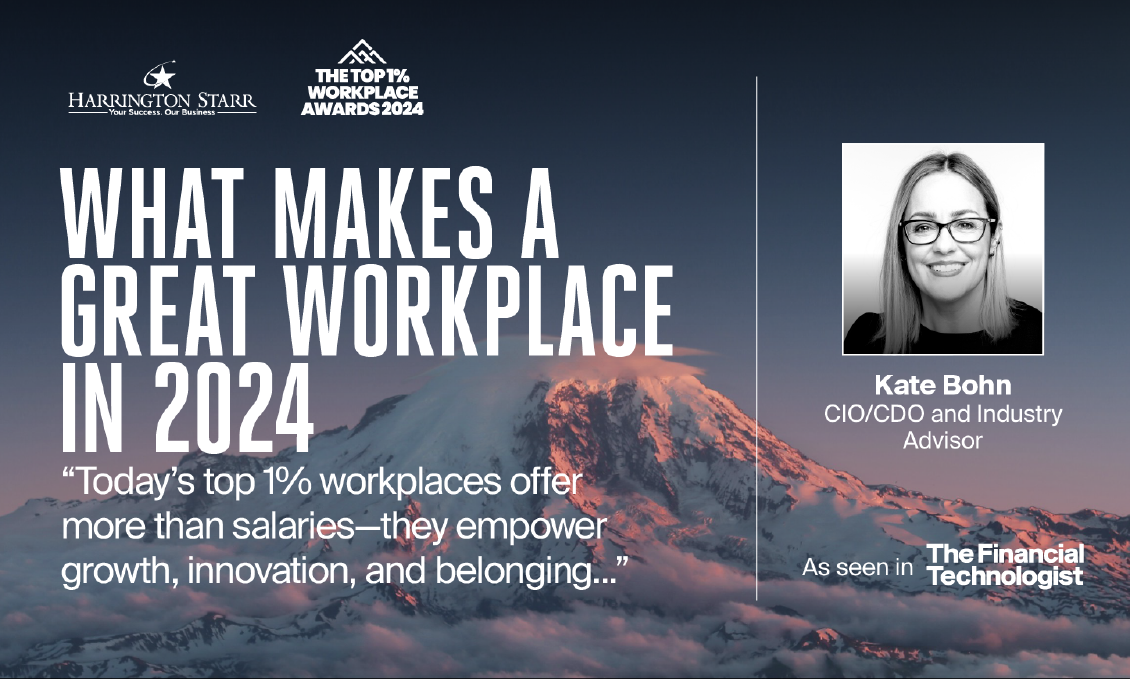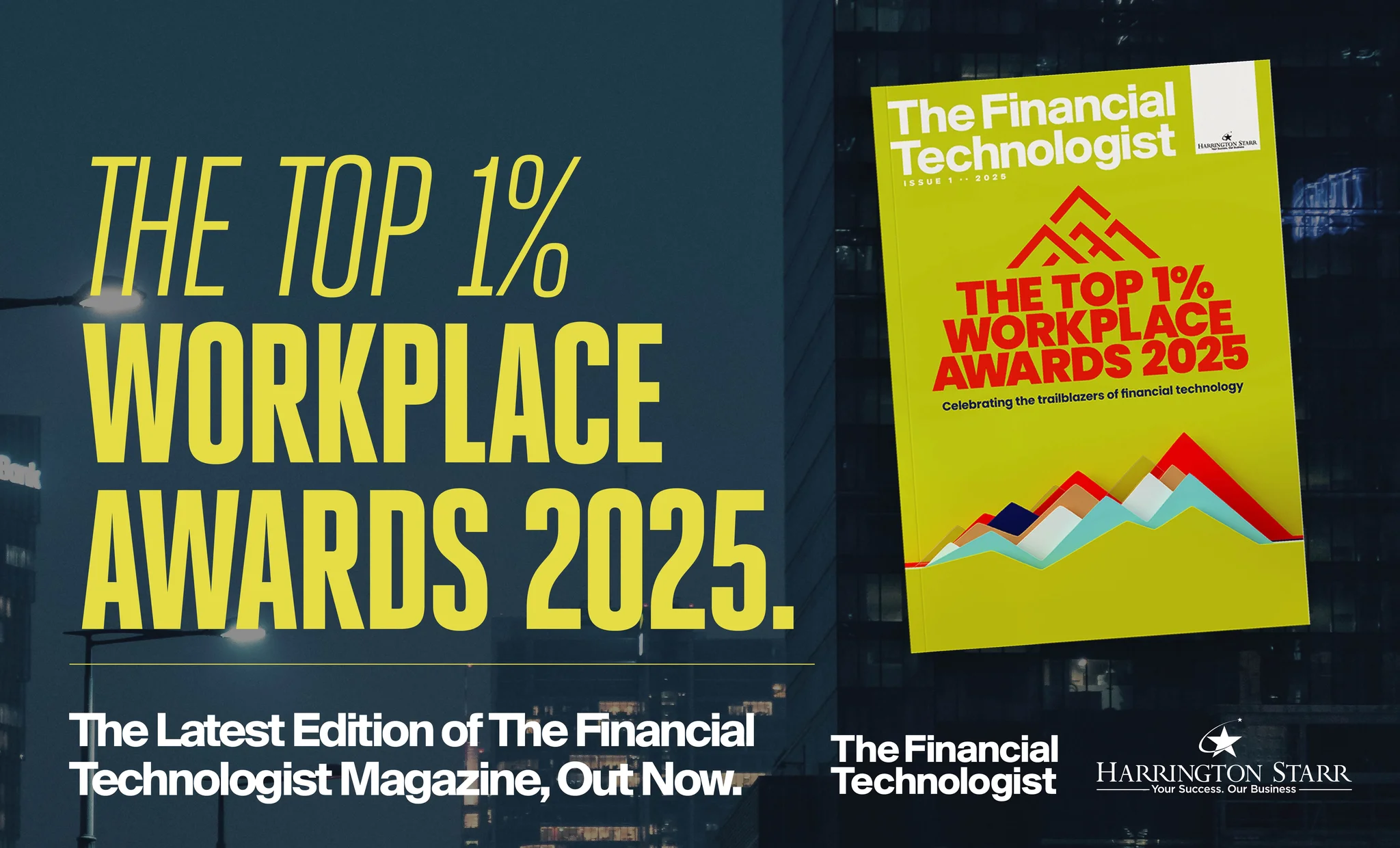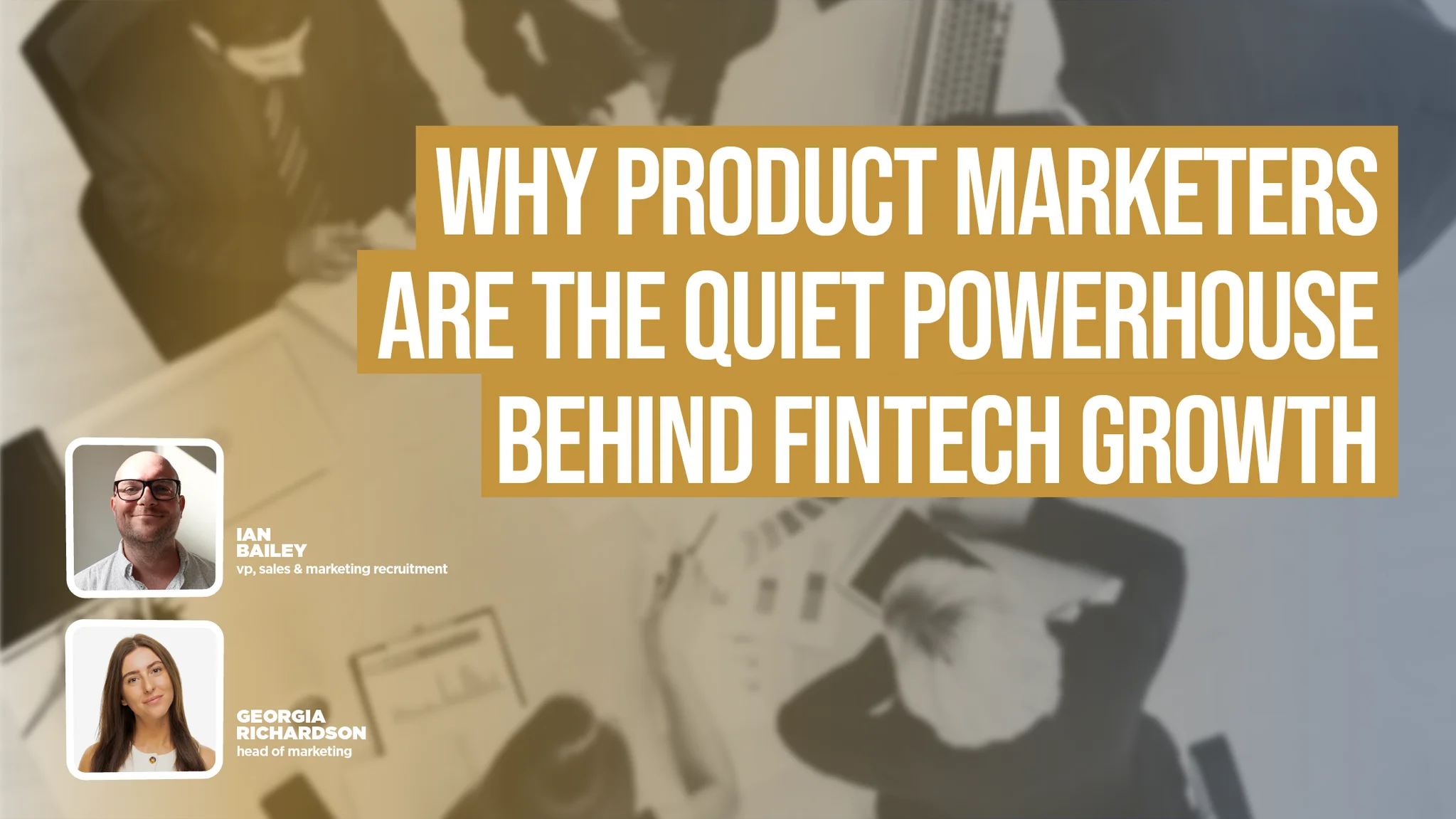In 2024, the Financial Technology (FinTech) industry stands at the cutting edge of both finance and technology. As the competition for top talent becomes fiercer, the qualities that define the best workplaces are shifting. Today, the top 1% of workplaces aren’t just offering competitive salaries; they are dynamic environments where employees are empowered to grow, innovate, and feel a sense of belonging. These companies know that attracting, engaging, and retaining the best tech, sales, and change talent requires a strong culture, purpose-driven work, and a forward-thinking mindset. In this article, we explore what makes these top-tier workplaces stand out, the trends shaping them, and how companies can build a world-class culture that inspires their teams.
What Makes a Great Workplace in 2024?
The elements that define a great workplace in 2024 are evolving. Employees today are looking for environments where they are supported holistically—where flexibility, well-being, and inclusion are prioritised. Companies at the forefront of these trends will be the ones that thrive in attracting and retaining the best talent.
1. Flexible Work Environments
The ability to offer flexible work arrangements has become a non-negotiable factor for employees in 2024. The COVID-19 pandemic cemented remote and hybrid work as viable, and often preferred, ways of working. This trend has persisted, with companies that provide flexibility in work locations and schedules standing out as top employers.
Why? Flexibility in work arrangements allows employees to balance personal and professional responsibilities, leading to higher job satisfaction and productivity. For many employees, this autonomy over their workday is a key factor in choosing a job. Salesforce, for instance, has fully embraced hybrid work, providing employees with the flexibility to decide where and how they work best.
2. Holistic Employee Well-being
Workplaces that prioritise holistic employee well-being (physical, mental, and financial) are increasingly seen as the best places to work. The top 1% workplaces are those that provide resources such as mental health support, financial wellness programs, and physical health initiatives that go beyond the typical benefits package.
Why? Employee well-being is a cornerstone of job satisfaction. Google is known for its comprehensive well-being programs, including mental health days, financial planning services, and health resources that cater to the full spectrum of employees' needs. Such initiatives not only boost morale but also reduce burnout and turnover.
3. Commitment to Diversity, Equity, and Inclusion (DEI)
A clear commitment to DEI delivery is essential for top workplaces in 2024. Employees want to work in environments where they feel represented and valued, and companies that actively promote inclusivity and equal opportunities are more likely to attract diverse talent.
Why? A workplace that has DEI at the heart of its corporate strategy will always foster a sense of belonging. Employees want to know that their workplace is not only diverse but also equitable, with clear paths for growth and representation at all levels of the organisation5.
Attracting the Best Talent in Financial Technology
As competition heats up in the FinTech industry, attracting the best talent requires more than just offering competitive salaries. The top companies are focusing on employer branding, meaningful work, and staying at the forefront of technological innovation.
1. Employer Branding
A company’s employer brand is its reputation as a place to work, and it plays a critical role in attracting top talent. In today’s job market, prospective employees can easily research a company's culture, values, and employee experiences online. Companies with strong, positive employer brands—ones that promote transparency, inclusivity, and growth—are more likely to be the ‘employer of choice’ for top-tier candidates.
Why? A strong employer brand reassures potential employees that the company is a place where they can thrive. Bain & Company, for instance, is consistently ranked among the best places to work due to its clear emphasis on employee development and inclusive culture.
2. Purpose-Driven Work
The best companies are those that offer purpose-driven work. Today’s employees want to feel that their work contributes to a greater mission, whether it’s improving financial inclusion, democratising technology, or advancing sustainability.
Why? Purpose-driven work aligns with employees' personal values, increasing engagement and loyalty. Companies like Monzo and Revolut, which focus on democratising financial services and providing accessible financial products, attract employees who are passionate about making a difference.
3. Technological Innovation
Staying ahead in technological innovation is crucial for FinTech companies aiming to attract the best talent. Employees are drawn to companies marked as leaders in emerging technologies like artificial intelligence, blockchain, and real-time payment systems. These innovations not only shape the industry but also provide exciting opportunities for employees to stretch their knowledge and skills-base.
Why? Working on the latest technologies offers employees a sense of challenge and fulfilment. Companies like Stripe and Square, which are pioneers in payment technologies, attract top tech talent by positioning themselves as leaders in innovation.
Engaging and Retaining the Best Talent
Attracting top talent is only the first step—keeping them engaged and motivated is equally important. Companies that excel in career development, recognition, and autonomy are more likely to retain their most valuable employees.
1. Career Development
Career development is essential for employee engagement. FinTech employees, particularly in tech and change roles, expect opportunities for growth and advancement. The top workplaces offer mentorship programs, leadership development, and clear career progression paths.
Why? Employees are more likely to stay with a company if they feel there is room for growth. J.P. Morgan, for instance, has extensive training and development programs that help employees build new skills and prepare for leadership roles, ensuring long-term career growth within the organisation.
2. Recognition and Reward
Employees want to be recognised for their hard work and contributions, and recognition in top workplaces goes beyond financial rewards. Public acknowledgement, career milestones, and rewards for innovation are all part of the recognition culture at leading companies.
Why? Regular recognition boosts morale and motivation. At Google and Salesforce, recognition programs are integral to the company culture, with employees frequently celebrated for their achievements and contributions.
3. Workplace Autonomy
The best workplaces give employees a high degree of autonomy over their work. This autonomy can manifest as flexible hours, control over project management, or the ability to pursue side projects. Autonomy is a key driver of employee satisfaction and innovation.
Why? Employees who feel trusted and empowered are more engaged and productive. Companies like Amazon and Spotify promote a culture of autonomy, where employees are given the freedom to take ownership of their work, fostering a sense of responsibility and fulfilment.
A world-class culture is the foundation of the top 1% of workplaces. These companies focus on continuous learning, collaboration, and fostering a culture of innovation.
1. Continuous Learning
Top workplaces invest in continuous learning opportunities for their employees. This can include access to online courses, certifications, workshops, and mentorship programs. A culture of learning ensures that employees are always growing and adapting to new challenges.
Why? Employees who are continually learning feel more competent and motivated. Companies like PayPal and J.P. Morgan offer extensive learning resources, ensuring that employees stay ahead in their field and are always prepared for the next challenge.
2. Collaboration Across Teams
Collaboration is a key element of great workplace culture. Encouraging cross-team collaboration not only enhances innovation but also fosters a sense of community. In FinTech, where rapid innovation is critical, collaboration between tech, sales, and product teams is essential.
Why? Collaboration helps employees feel connected to the broader goals of the organisation. At PayPal, for example, cross-functional teams are encouraged to work together to solve complex problems, leading to innovative solutions and a strong team culture.
3. Innovation-Driven Culture
An innovation-driven culture is the hallmark of the top 1% of workplaces. These companies create an environment where employees are encouraged to experiment, take risks, and bring new ideas to life. Whether through hackathons, innovation labs, or R&D investments, top fintech companies prioritise innovation as a core value.
Why? Employees who are part of an innovation-driven culture are more engaged and excited about their work. Stripe, for instance, fosters a culture of innovation by encouraging employees to take ownership of projects and experiment with new ideas, making it a magnet for top talent.
Conclusion: Building YOUR Top 1% Workplace
As the fintech industry continues to grow and evolve, the talent competition will only intensify. To be among the top 1% of workplaces in 2024, companies must prioritise flexibility, employee well-being, and diversity and inclusion. Attracting top talent requires a strong employer brand, a focus on purpose-driven work, and leadership in innovation. Engaging and retaining that talent depends on providing career development opportunities, regular recognition, and workplace autonomy.







